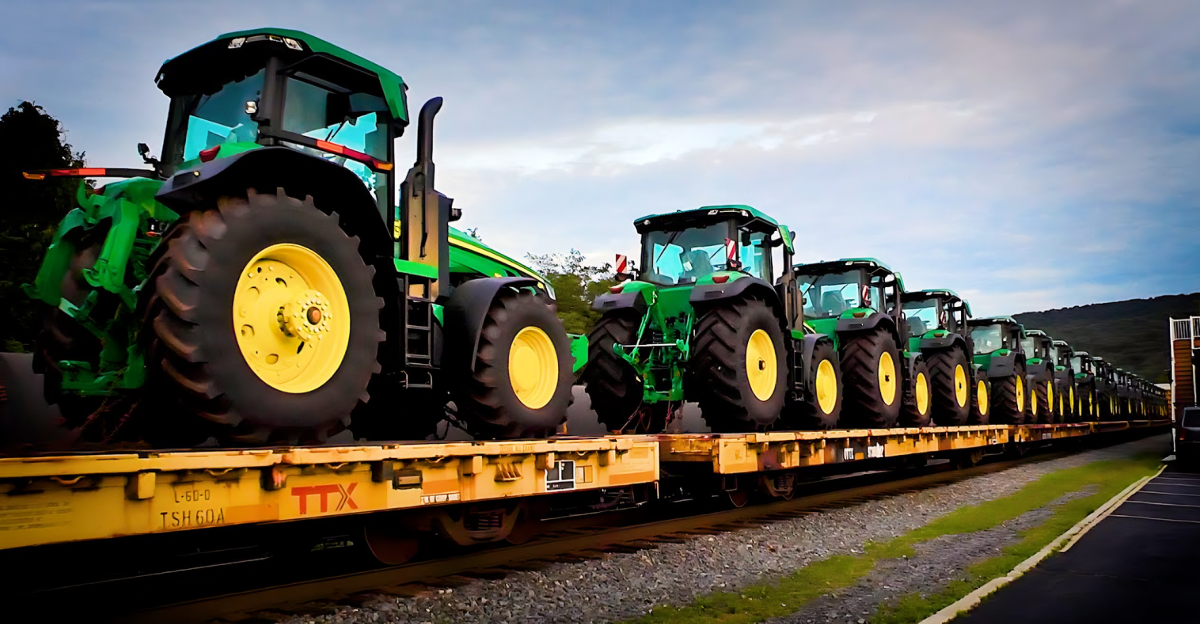
In September 2025, John Deere announced 141 additional layoffs in Iowa, bringing the total number of jobs cut to over 2,400 since March 2024.
The cuts have occurred in many places, including Waterloo and Des Moines, resulting in fewer people on the production lines.
Many workers were given only a few weeks’ notice before being laid off. The overall mood among workers and the towns that rely on these factories is one of anxiety and uncertainty.
Invisible Crisis
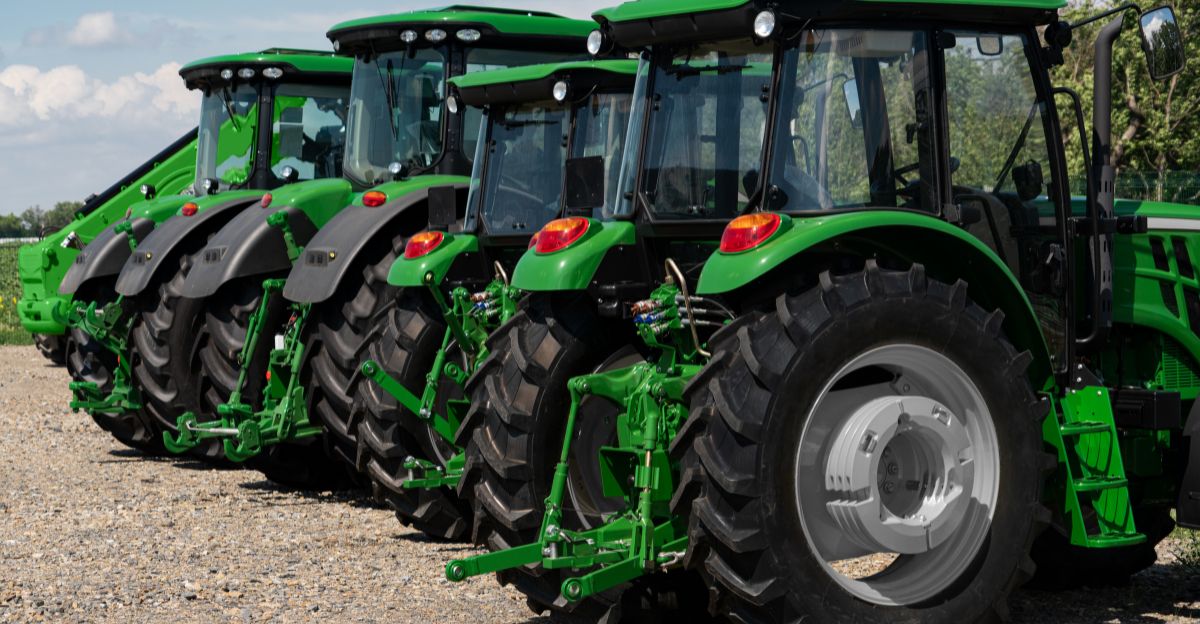
While company leaders discuss their profits and business plans in public, a much bigger problem lies behind the scenes: the entire farm equipment industry is in decline, and it has received little attention.
Sales for farm machines have dropped by about 35% compared to last year, and John Deere just experienced its most significant drop in earnings in a long time.
The once-booming factories in Iowa are now mostly empty, operating with just a few workers to fulfill shrinking orders from farmers.
Equipment sellers in the Midwest reported that they now have approximately 40% more tractors and machines in stock than they need.
Perfect Storm

A combination of problems has made it really tough for farmers and the companies that serve them, worse than at any time since the 1980s.
Interest rates are now above 12%, making it very hard for farmers to borrow money for new equipment. Prices for crops like corn and soybeans have dropped 30% from their recent highs, so farmers are not earning a sufficient amount of money.
Already this year, more farms have declared bankruptcy than in all of 2024, pointing to even deeper trouble ahead.
Farmer Exodus
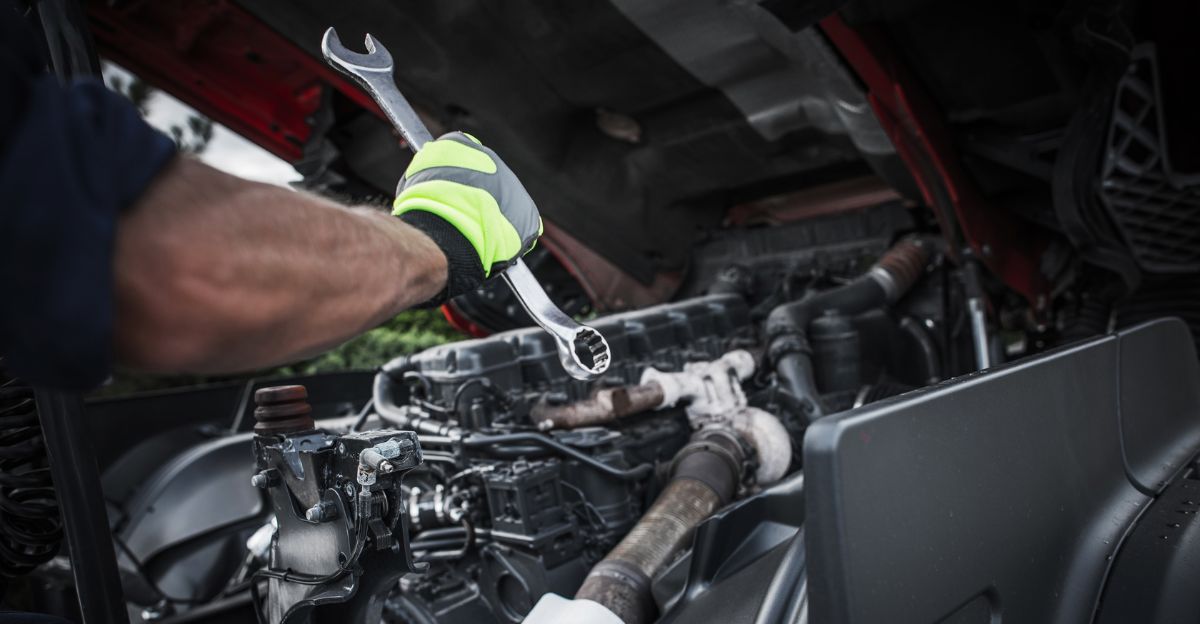
Farmers are facing some of the most difficult financial decisions of their lives. New tractor sales have dropped 15% to 20% every single month in 2025, and the sales of combines have fallen almost in half compared to the previous year.
Farm loans for equipment are at their lowest since 1996. Because buying new machines is so expensive and risky, many farmers are now using old equipment for much longer than usual.
Nearly four out of five farmers in a recent survey admitted it was a bad time to invest in large equipment.
The $600 Million Revelation
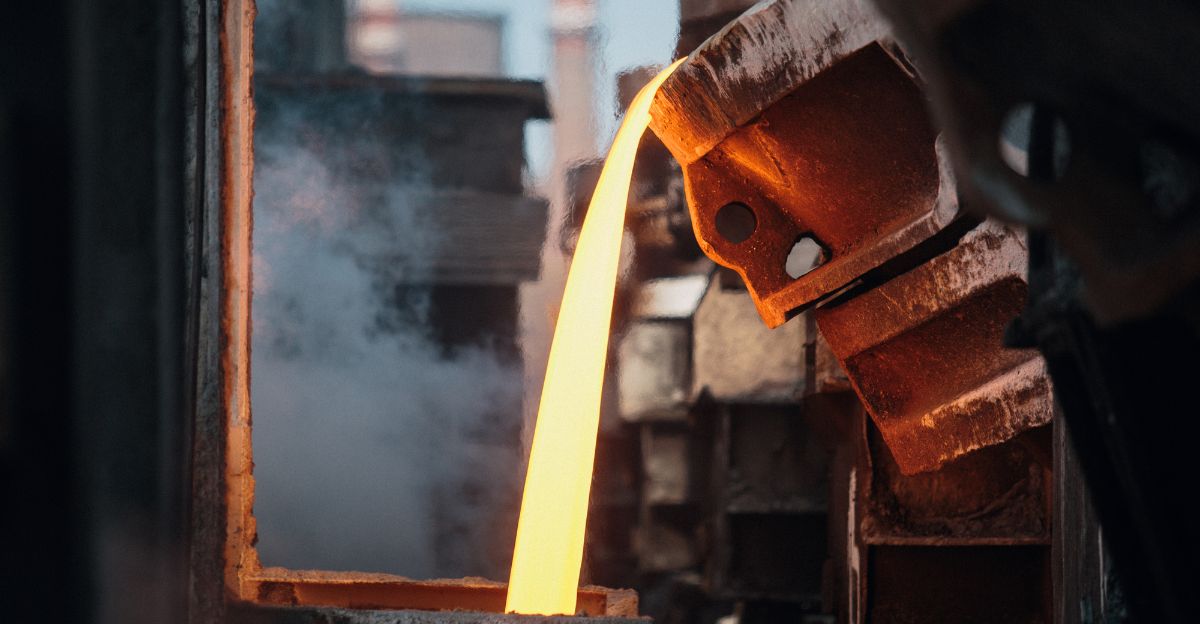
On an August 2025 call with investors, John Deere had some shocking financial news to share.
The company’s director of investor relations explained that tariffs had already cost the company $200 million in just one quarter, and the total would likely reach $600 million before the end of the fiscal year.
These tariffs are significant expenses that reduce the company’s profits and its ability to hire workers, conduct research, or expand.
Ultimately, the money lost due to tariffs is passed on to farmers through higher prices and fewer jobs at companies like John Deere.
Human Casualties
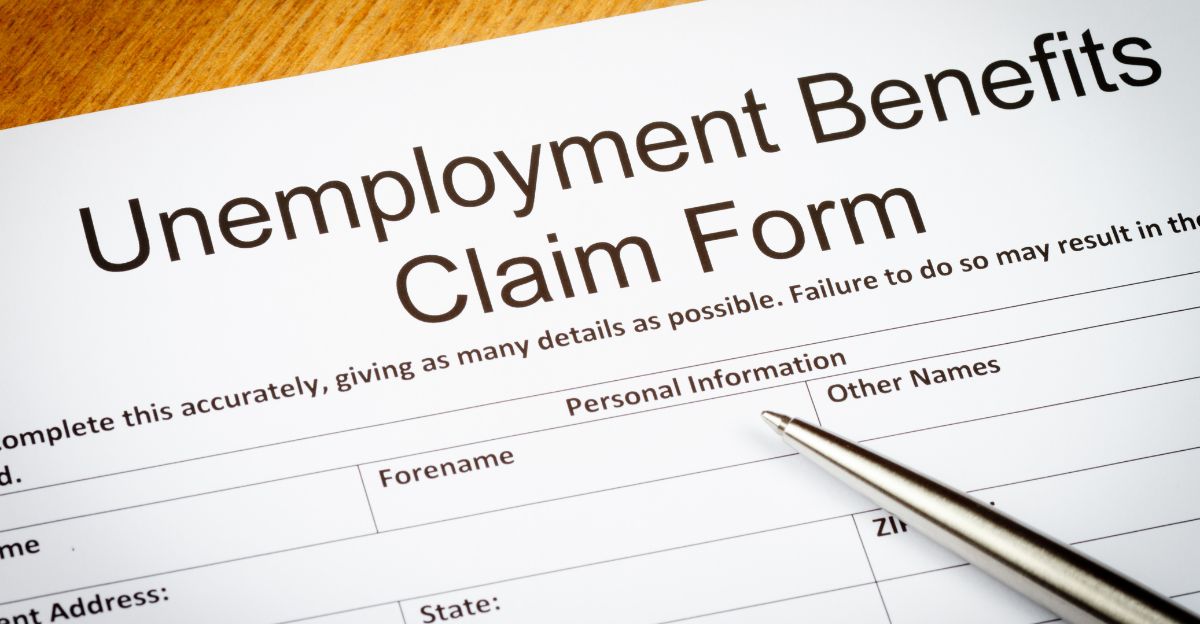
These layoffs have a domino effect: people with less money spend less in local stores, schools lose students as families move away, and the entire community suffers when once-reliable jobs disappear.
Many workers also struggle because, a few years ago, Iowa cut unemployment benefits from 26 weeks to just 16, leaving them even more vulnerable during hard times.
Community Impact

Communities built around factories, such as those of John Deere, are now fighting for survival. In Waterloo, stores and restaurants downtown have fewer customers since laid-off workers no longer have extra money.
Schools expect enrollment to fall as families seek work elsewhere. In East Moline, over 100 people lost jobs in August, and dozens of businesses that depend on John Deere’s orders are also struggling.
Even officials initially reported the wrong number of layoffs, adding to the confusion and highlighting the overwhelming nature of the situation.
Industry Contagion

John Deere’s pain is rippling out through the whole agricultural machinery industry.
Other major companies, such as AGCO and CNH Industrial, are also experiencing declines, with AGCO’s sales down 30% and CNH’s down 21% over the past year.
Dealers across the country now have an excessive amount of equipment because they can’t sell it fast enough.
Even used equipment stays expensive because fewer farmers are trading in their old stuff.
National sales of tractors have declined by 13%, and the factories that remain open are producing significantly less than they did a few years ago.
Expert Analysis

An economist at the University of Arkansas says today’s rise in farm bankruptcies reminds him of the 2018–2019 farm crisis.
This year could be the lowest point, but full recovery might not come until late 2026 or beyond.
The U.S. Department of Agriculture expects the primary farm income from crops to fall another 18% after already dropping 5% last year.
Small-town dealerships are being forced to merge or close entirely, making it more difficult for farmers to obtain equipment or repairs locally.
Hidden Trade War

The problems don’t just stem from crop prices, interest rates, and sales; they’re also inherent in America’s trade policy. In August 2025, the Trump administration expanded the tariffs on steel and aluminum to cover 407 additional products.
This means the tariffs now cover almost $320 billion in imports, nearly double the amount they previously covered.
Now, even seemingly unrelated items, such as fire extinguishers and machine parts, incur additional costs if they are made from steel or aluminum.
A supply chain expert at Michigan State says these additional tariffs only make it more expensive to manufacture products in the U.S.
Corporate Response

John Deere’s top officials consistently inform the public that they are committed to maintaining the strength and success of American factories.
They say the layoffs are temporary fixes to keep up with falling demand, not signs of permanent shrinkage.
The company promises nearly $20 billion in improvements and upgrades for its U.S. factories over the next ten years.
Laid-off workers are being offered packages that include some unemployment pay and extended health care.
The company’s CEO insists that the agricultural equipment business goes through cycles and hopes the current downturn won’t last forever.
Financial Maneuvering

Despite all the job cuts, John Deere has still managed to generate substantial profits.
In the third quarter, it reported a net income of more than $1.2 billion, despite thousands of job losses.
The company continues to buy back its own stock, a move that boosts share prices, leading some critics to question whether the layoffs are more about increasing efficiency for investors than responding to genuine business needs.
Union Struggles

Unions representing John Deere workers are under considerable pressure.
They’re frustrated that people who were laid off temporarily still have to look for new jobs to receive unemployment benefits, sometimes losing coverage if they don’t find one.
The 2022 change in Iowa law, which reduces the number of weeks of unemployment benefits, particularly affects these workers, especially if job opportunities remain scarce for an extended period.
Many experienced workers have to give up and find other work because they can’t wait long enough for John Deere to call them back.
Union leaders say the current system discourages people from getting the benefits they need and is tricky to navigate.
Production Realignment

To cope with all these challenges, John Deere has trimmed output in its biggest factories.
The Harvester Works in East Moline, which once employed more than 1,000 workers, has steadily reduced its workforce since 2023.
Scheduling production has become a puzzle as demand fluctuates with the seasons and the farm economy continues to shift.
Management wants to keep its best workers ready for when things improve, while still saving money by limiting the number of people on the payroll.
Future Uncertainty

No one is sure when the bad times will end for the farm equipment industry. Trade policies change frequently, making it difficult for companies to plan effectively.
The effects of climate change also alter what farmers will need in the future, so companies must be prepared to adapt.
New technology, such as self-driving tractors, may mean that fewer pieces of equipment are necessary overall.
Younger farmers may have different purchasing habits, and traditional tractor manufacturers, such as John Deere, need to adapt accordingly.
Regulatory Developments

Help may be on the way, but it’s unlikely to arrive quickly. Congress plans to hold hearings in 2026 to examine the impact of steel tariffs more closely.
John Deere’s extra costs will be discussed. The Commerce Department faces legal challenges from industry groups, who argue that the new tariffs are exacerbating the situation.
States like Iowa and Illinois are considering new training programs to help individuals who are losing manufacturing jobs transition into other careers.
Federal crop insurance programs may change, and the government has fined John Deere $10 million for issues related to foreign sales.
Sector Ripple Effects
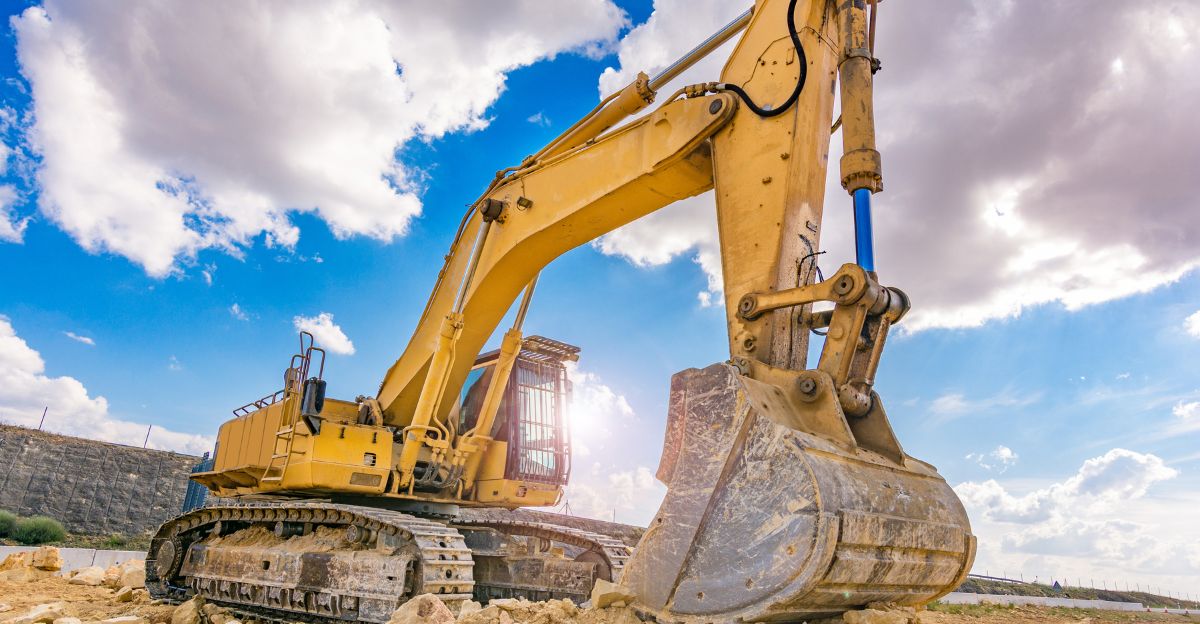
It’s not just farm equipment companies feeling the pain. Makers of construction equipment are seeing customers reduce their spending.
Car makers who use a lot of steel are also getting squeezed by tariffs, which could raise costs for everything from cars to mining equipment.
The shift to renewable energy alters the types of machines required in the energy sector, and some smaller companies are forced out as customers purchase less or merge with larger rivals.
Even equipment makers for the military are affected, as tariffs make steel and aluminum for vehicles and armor more expensive and difficult to obtain.
Public Perception

On social media, people are discussing the decline of American manufacturing and whether tariffs are actually helping.
Workers who have lost their jobs share their experiences, making the statistics more real and emotional.
Local news focuses on those personal stories, while politicians promise to take action.
Trade groups representing farmers and equipment manufacturers run campaigns to share their perspective, warning of the significant impact that tariff policy is having on their industry.
Past Echoes
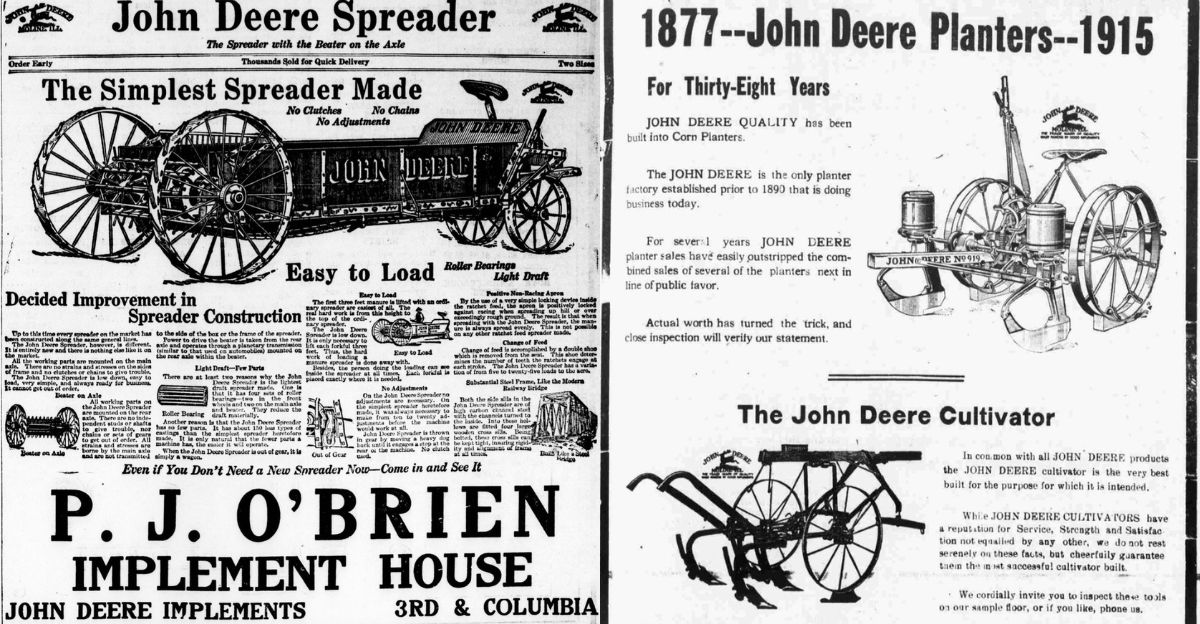
This current crisis bears a striking resemblance to the devastating farm crisis of the 1980s, when many family-run farms went out of business, resulting in the loss of thousands of jobs.
Back then, even giant companies like International Harvester collapsed, and John Deere only survived after laying off employees for years.
The 2008 recession was also a challenging time, as sales declined and factories had to scale back operations.
What’s different now is that tariffs are making things even harder, creating costs beyond the regular ups and downs.
Job Struggles
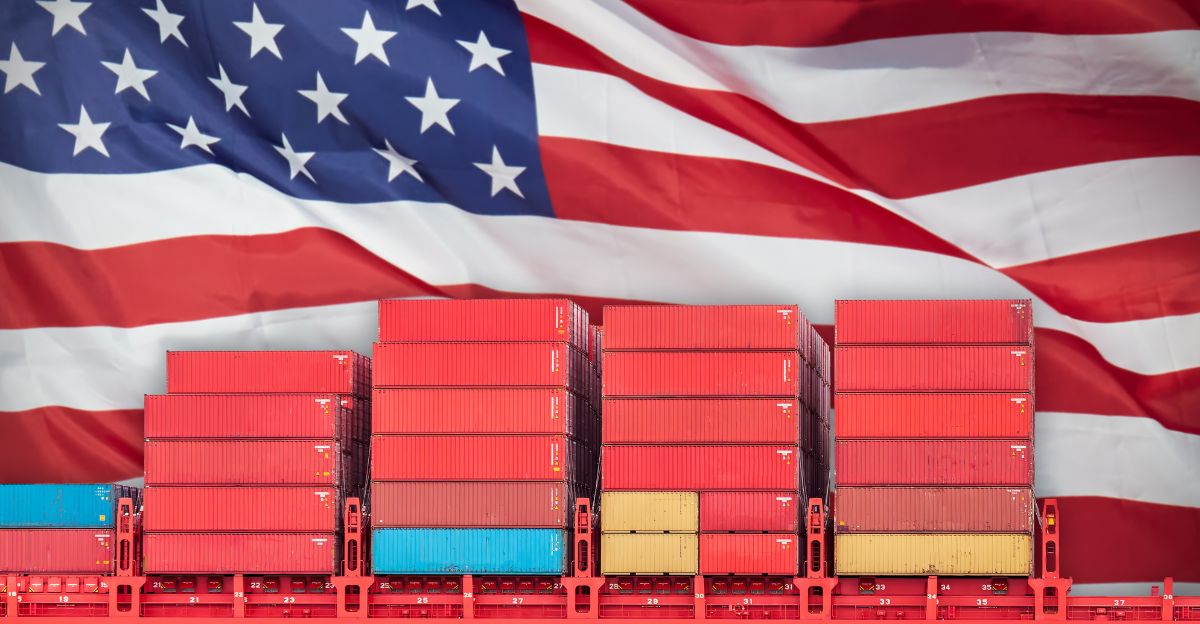
John Deere’s latest layoffs in Iowa, along with the company’s warning that tariffs could cost $600 million this year, highlight the significant challenges facing American factory workers today.
The entire agricultural equipment sector is struggling, as farmers have less money to spend on new machines, and the additional expense of tariffs exacerbates the situation.
We need to find a way out, and that will require both a steadier economy and innovative trade policies.
Keeping jobs in America shouldn’t ultimately harm the very people it’s intended to help.